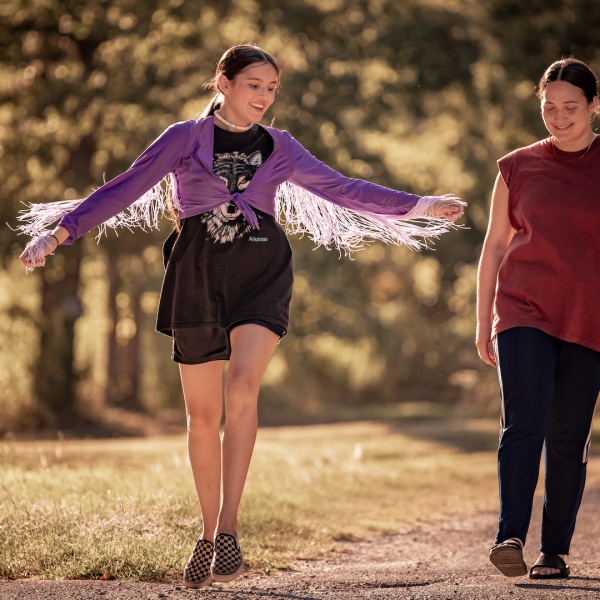“The Best” has left us.
Tina Turner, the Queen of Rock ‘n Roll, is dead at age 83 after suffering from a long illness. Turner passed away at her home in Küsnacht, outside Zurich, Switzerland.
“With her, the world loses a music legend and a role model,” Turner’s spokesperson Bernard Doherty said in a statement.
Turner began her career with husband Ike Turner’s Kings of Rhythm in 1957 and performed under stage name Little Ann before debuting as Tina Turner in 1960 with single “A Fool in Love.” Tina and Ike Turner collaborated on hits “River Deep, Mountain High,” “It’s Gonna Work Out Fine,” and “Proud Mary” before disbanding in 1976.
Turner went on to launch a career comeback with 1984 hit song “What’s Love Got to Do With It,” which won the Grammy for Record of the Year. The track lent its title to a 1993 biopic adapted from Turner’s autobiography “I, Tina: My Life Story.” Angela Bassett played the role of Turner in the film; Laurence Fishburne was cast as Ike Turner, and the film vividly conveyed the years of physical abuse Ike inflicted upon Tina.
“We would do scenes over and over and over again,” Bassett recalled in 2022 of singing in character. “Those concert scenes, literally you feel like you have a sweater in your throat after performing, and we would do it [again] from top to bottom.”
Both Bassett and Fishburne received Oscar acting nominations for their roles.
Turner appeared in films “Tommy,” “Mad Max Beyond Thunderdome,” and “Last Action Hero.” She formally retired after completing her Tina!: 50th Anniversary Tour in 2009. By 2018, Turner’s life story was turned into Broadway musical “Tina,” which also was the title for an HBO documentary directed by Dan Lindsay and T.J. Martin. The documentary film debuted in 2021.
Of course her voice is instantly identifiable in a way reserved for only a few artists.Powerful and with a bit of twang, on songs like “River Deep, Mountain High” it felt like she could move the earth itself, as if it was exploding out of your speakers. Hers was a voice that could rise above Phil Spector’s wall of sound on “River Deep” and command it, a vocalist who also felt like a conductor.
And beyond those pipes, there were those moves. It’s become established lore by now that those “Moves Like Jagger” were really the “Moves Like Turner.” In a bit of contained kineticism, she invented the stiff-shoulder boogie-down grooves that Mick Jagger has displayed at arenas all over the world. Friends with the Stones since the ’60s, Tina and Ike had performed with them (and Tina even appears briefly in the “Gimme Shelter” documentary). She had all it took to be a solo pop star in her own right. But it took leaving Ike and a relentless work ethic to break through and do something almost impossible: become that pop star in her mid-40s.
For real, who becomes a pop star with number-one records and sold-out arenas in their mid-40s? After they’ve already been in the music business for decades? Tina Turner did. Her 1984 album for Capitol Records, “Private Dancer,” brought ’60s craft and bombast to ’80s pop. (It was a move Turner’s contemporary Aretha Franklin copied a year later with her own electropop album “Who’s Zoomin’ Who?”) The album spawned seven singles, including “What’s Love Got to Do With It” and a rendition of the Beatles’ “Help!” that will pierce you to the bone.
Her movie work reflected her shift in popularity. When playing the Acid Queen in Ken Russell’s “Tommy” in 1975, it played off her status as a kind of cult figure, revered for her artistry but eccentric in the way a truly mainstream celebrity usually can’t be. A decade later and on top of the world she’s the co-lead with Mel Gibson in “Mad Max Beyond Thunderdome,” rocking a spiky ’80s wig, driving a hotrod across the apocalyptic landscape, and oozing more than a bit of sexual menace for the film’s hero — she is the villain of the piece. But she still brings an oddball quality to that performance even if in a blockbuster mold.
Turner was made for the movies. It’s a shame she didn’t do more. Her voice is essential to power the “GoldenEye” theme song that kicks off Pierce Brosnan’s Bond era, hinting at all kinds of promised lustiness for the post-Cold War world. “See reflections in the water / more than darkness in the depths,” she purrs, and it’s like a musical expression of the idea that the fall of communism is hot.
Which is all to say that she defiantly resisted the notion that she should be thought of as an abuse victim, first and foremost, as the media furor around her comeback, her memoir, and then the “What’s Love Got to Do with It” movie tried to convey. Even in the 2021 “Tina” doc she resists talking too much about Ike’s abuse and implies that people wanting to talk about it endlessly was a form of re-abusing her.
Turner needn’t have worried, even if she was dead-on about some of the media obsession with her. She was an irreducibly complex figure. Someone who could never be defined by one thing. And as the years wore on, and she retreated from public life to her home in Switzerland, it seemed she recognized that Tina Turner had gotten so big as an idea, she didn’t need to actively fan the flames of her fame.
Even before death, Tina Turner had transcended her corporeal life to be an idea, a legend, a rumor that was immortal.







